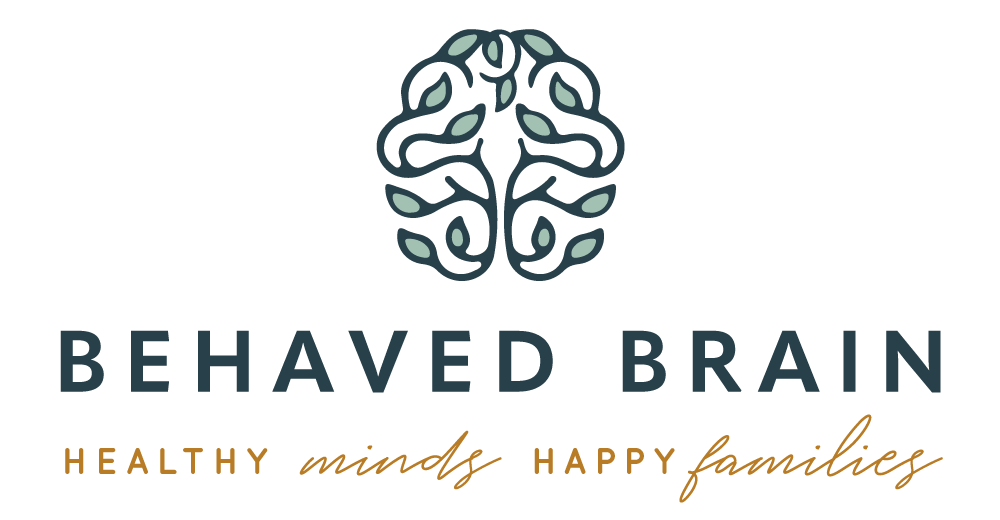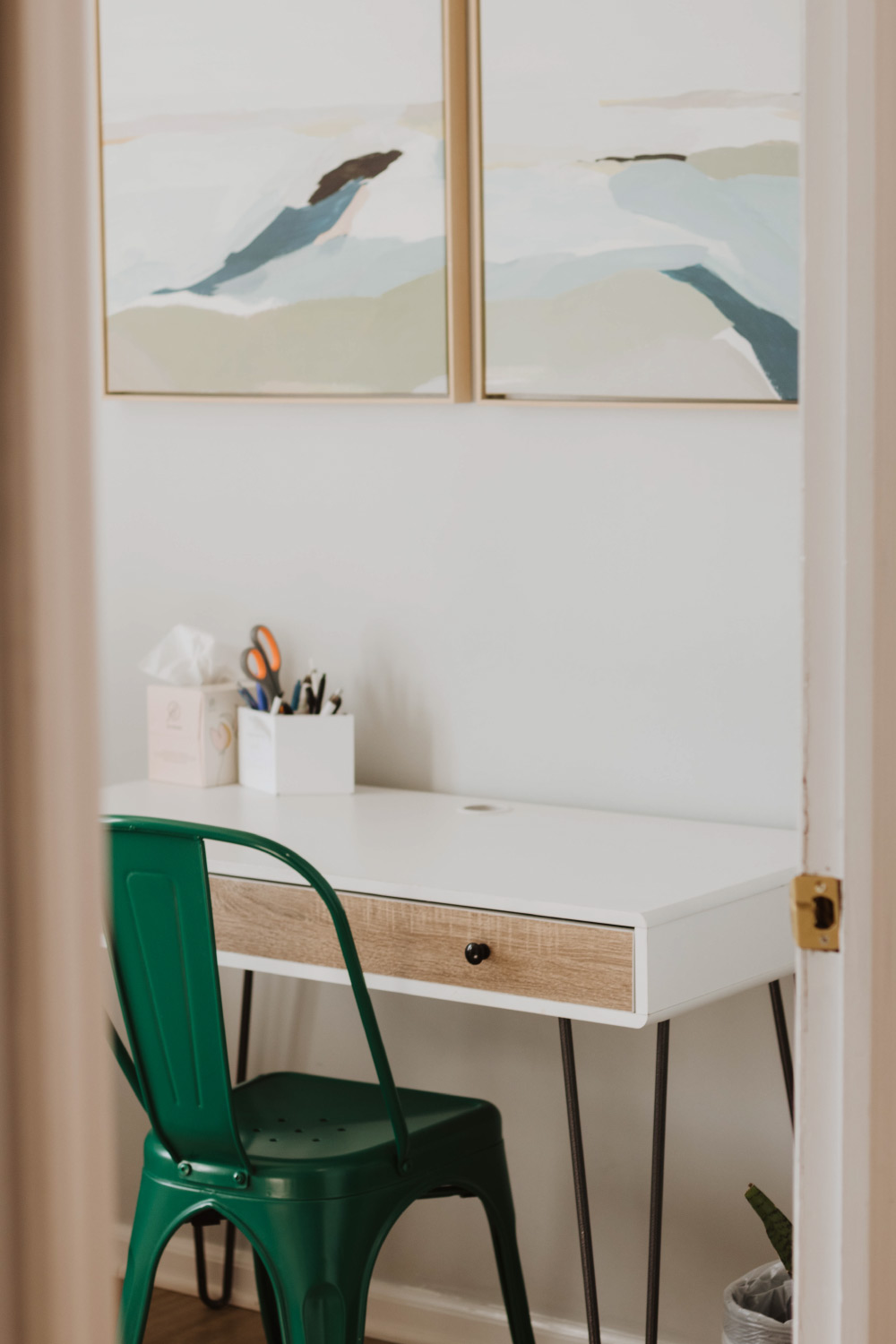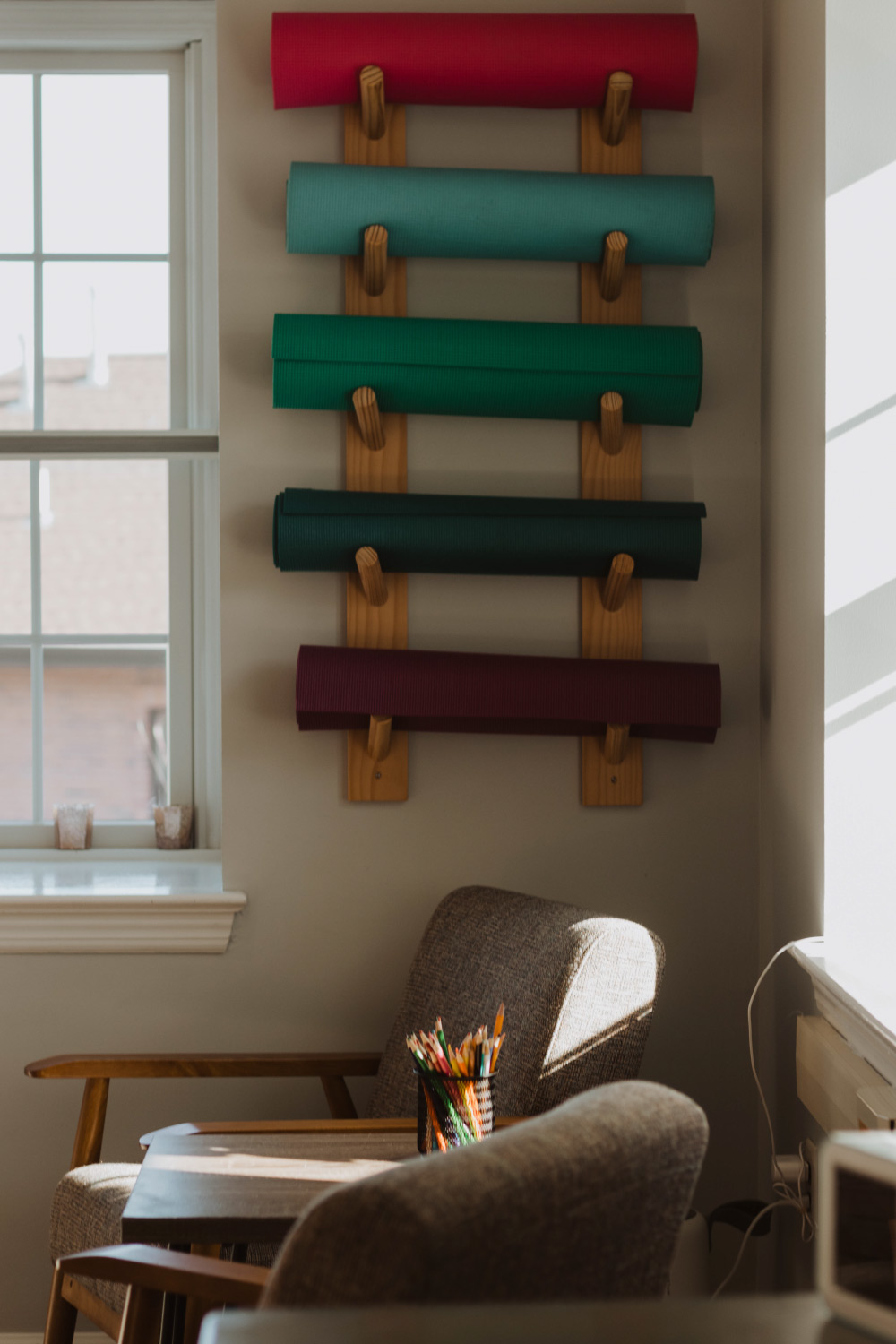Mindfulness in Parenting
You’ve set your alarm to wake up early to have a cup of coffee alone as you plan your day and enjoy some quiet time. The house is quiet, and it is just about you; nobody else. As you sit down with your book and fresh coffee, you hear, “Moooommmmy”: your toddler is up and calling you from her crib. This wakes up your 5-year-old who comes running out of his room so excited about the day he has planned! No more quiet time that you so carefully planned. No more planning your day. The day has officially begun! Both are hungry, need to get dressed, have lots of opinions, and move at the pace of a snail and can only find one shoe. This all is happening while you are trying to get yourself ready for the day. By the time you get back to your coffee, it is cold. Now here is where there seems to be a little switch in your brain (there really is: the amygdala) that either says, “ugh, guess I’ll grab a fresh cup on the way to work” or “I’VE HAD IT!…..”
These two reactions are very different, but a lot of different factors play into which way our brain will go:
- Quality and quantity of sleep
- Nutrition
- Exercise
- Support system
- What happened the day before
- Mindset
- History of trauma
- How your parents handled stress
- Hormones
- Responsibilities
This list could go on and on. The reality is that our brains are ready to help us when perceived danger is approaching by releasing stress hormones to help us fight, flight, or run away. Emotions like fear, anxiety, aggression, and anger can automatically trigger this response: we don’t have to tell our body, “release adrenaline.” Our brain just does it for us.
Now, wouldn’t it be nice to have control over these “automatic” emotions…stop ourselves from getting mad about a cold cup of coffee? Keep our cool when our 6 year old thinks trying to get out of the door is the perfect time to learn to tie her shoe? Well, although they feel automatic and at times like an unpredictable switch, we do have the ability to help our brain: we actually can help control that “reaction switch.”
By control, I mean how we can take a mini freeze in time and actually decide what kind of reaction we want to give this moment. This is often easier said than done, but it is doable (recognizing the list above plays a big role). It is doable by actually practicing what is called “mindfulness.”
Mindfulness tends to be a common topic seen in mental health articles and now even more in pop culture. It seems to be a quick suggestion of what to do when you’re feeling overwhelmed. One might hear, “it sounds like you need some yoga and mindfulness practice.” Well, that is true! Mindfulness does help us when we are in moments of perceived distress! Having a mindfulness practice can help teach your body that the little switch in your brain is controllable: many responses to a stressful morning ending in cold coffee.
Elements of Mindfulness: Awareness and Acceptance
Mindfulness is maintaining awareness and acceptance (without judgment) of one’s thoughts in the present time. It is rooted in Buddhist and Hindu teachings and was originally adopted in the late 1970s in Western culture by Jon Kabat-Zinn, a professor helping individuals with chronic pain. He found that patients who practiced mindfulness, instead of avoiding pain, led to improved coping (less added stress). In turn, this led to a more mainstream practice of helping individuals that struggle with anxiety and overall coping skills.
The first element of mindfulness is awareness:
- What is happening right now-present time?
- What are the feelings I’m having?
- What are the thoughts that are coming to my brain?
The second element of mindfulness is acceptance:
- Non-judgement- not labeling it as “good vs. bad” or “should vs. shouldn’t”
- Just be: thoughts exist and don’t need to be categorized
- “I’m having this experience”
Practicing Mindfulness
Oftentimes mindfulness is seen as sitting still for an extended amount of time and quieting our brains from having thoughts (meditation). Although this might be helpful and doable for some, for a lot of us, it is unlikely that on most days, there are more than 10 minutes available just to sit. Fortunately, there is not a right or wrong approach to adding a mindfulness practice to your day. It looks different for everyone and can even look different to you on a day-to-day basis. Just being aware of what is feasible to you and what you really need at the moment is the first step in adding mindfulness to your life. That right there IS mindfulness!
It can be as easy as waking up in your bed and taking a few deep breaths listening to your inhales and exhales. What does it sound like, smell like, feel like? If time permits, shift your attention to your thoughts. Let them come and go…no judgment. Sit with whatever emotion might be evoked. Let it exist. This is just information. If judgment comes, let that be as well. It is just information. This information can help you navigate the rest of your day and what kind of mindset you are looking to have during moments of stress.
You can even engage in mindfulness practice while doing anything, even a chore! Set aside everything else around you and be as present as possible doing whatever you are doing. Emptying the dishwasher? Think about the dishes you are touching. What do they feel like? What do clean dishes smell like? What kind of sound do the dishes make as you stack them? Just by this small moment, you are teaching your brain how to slow down and be thoughtful instead of the autopilot that takes over during mundane tasks.
If you can sit down for a meal, experiencing each bite is mindfulness. The taste, smell, texture… If we can train ourselves to practice moments of mindfulness during day-to-day tasks, then we are better able to control the “reaction switch” in a stressful moment. More importantly, learning about and practicing mindfulness when you are not stressed results in better-coping skills when you encounter those moments in life that make your brain swirl.
Mindfulness tools
In the world of technology, there are so many great apps that many find helpful. Be it guided meditations or just reminders to stop and breathe, many of them teach you how to help yourself have better control of your reactions. Mindful.org has some great resources. Here are a few resources:
https://www.mindful.org/free-mindfulness-apps-worthy-of-your-attention/
https://www.bustle.com/p/14-surprisingly-genius-products-that-promote-mindfulness-45881
https://www.mindful.org/three-simple-mindfulness-practices-you-can-use-every-day/
Parenting has a way of finding all of our buttons that make that “reaction switch” pop on quickly. Giving yourself a few moments throughout the day to practice this skill will help you as you continue to be the parent you want to be. Knowing what you need and what helps you feel in control of your reaction will help your relationship with your child and yourself.







